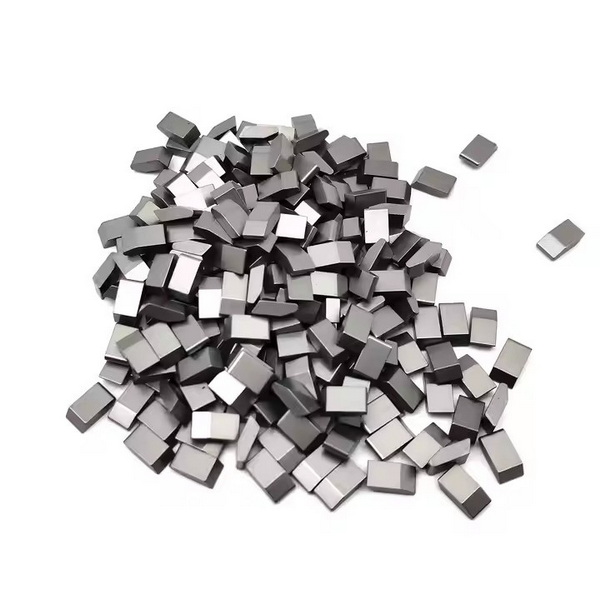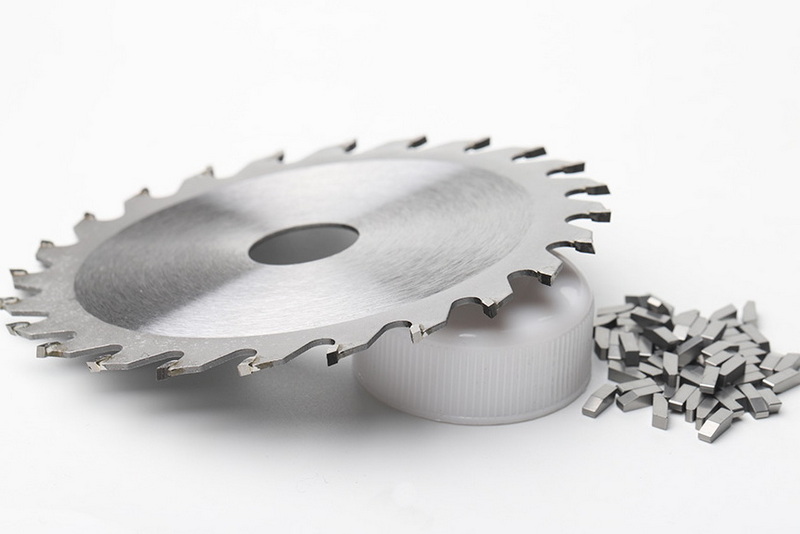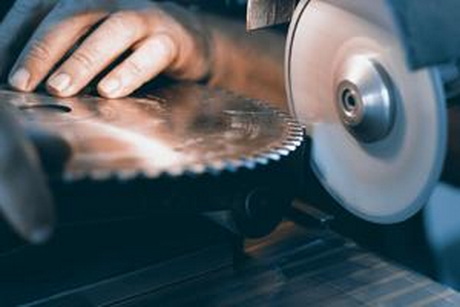Content Menu
● Understanding Tungsten Carbide
>> Properties of Tungsten Carbide
● The Breakability Factor
>> Factors Leading to Breakage
● Applications of Tungsten Carbide
● Challenges in Machining Tungsten Carbide
● Preventing Breakage
>> 1.Design Considerations
>> 2.Manufacturing Techniques
>> 3.Quality Control Measures
● Conclusion
● FAQ
>> 1. What causes tungsten carbide to break?
>> 2. Is tungsten carbide more durable than steel?
>> 3. Can tungsten carbide be repaired if broken?
>> 4. How does temperature affect tungsten carbide?
>> 5. What are common uses for tungsten carbide?
● Citations:
Tungsten carbide is a remarkable material known for its exceptional hardness and durability. It is widely used in various applications, from cutting tools to jewelry. However, despite its strength, tungsten carbide can break under certain conditions. This article explores the properties of tungsten carbide, the reasons it can break, and the implications of its brittleness in practical applications.

Understanding Tungsten Carbide
Tungsten carbide is a compound made from equal parts of tungsten and carbon atoms. This unique combination results in a dense and hard material that ranks between 8.5 and 9 on the Mohs scale of mineral hardness, making it one of the hardest substances available, second only to diamond.
Properties of Tungsten Carbide
- Hardness: Tungsten carbide has a Vickers hardness of around 2600, which allows it to withstand significant wear and tear.
- Brittleness: Despite its hardness, tungsten carbide is also quite brittle. This means that while it can resist scratches and wear, it is susceptible to cracking or shattering under impact.
- Density: It has a high density (approximately 15.6 g/cm³), contributing to its durability but also affecting its brittleness when subjected to stress.
- Thermal Conductivity: Tungsten carbide exhibits good thermal conductivity; however, it can become brittle at high temperatures if not properly treated.
- Corrosion Resistance: While tungsten carbide is resistant to many acids and bases, it can corrode under certain conditions, particularly when exposed to strong oxidizers.
The Breakability Factor
The breakability of tungsten carbide stems from its intrinsic physical properties. Unlike metals that can deform under pressure, tungsten carbide's rigidity means that it cannot absorb impact through bending. Instead, when subjected to a sharp blow or extreme pressure, it is more likely to crack or shatter.
Factors Leading to Breakage
Several factors contribute to the breakage of tungsten carbide:
- Impact Force: A sudden impact can exceed the material's tensile strength, leading to fractures.
- Flaws in Material: Internal flaws or micro-cracks can significantly weaken the structure.
- Improper Machining: During manufacturing processes such as grinding or cutting, excessive force or improper tool selection can introduce stress points that lead to breakage.
- Environmental Stressors: Exposure to extreme temperatures or corrosive environments can weaken tungsten carbide over time.
Applications of Tungsten Carbide
Tungsten carbide's unique properties make it suitable for various applications:
- Cutting Tools: Used extensively in industrial cutting tools due to its hardness and wear resistance.
- Jewelry: Popular in rings and other jewelry items due to its scratch resistance and aesthetic appeal.
- Mining and Drilling: Utilized in drill bits and mining equipment where durability is essential.
- Aerospace Components: Employed in some aerospace applications where lightweight yet durable materials are required.
- Oil and Gas Industry: Used in drilling equipment due to its ability to withstand harsh conditions.

Challenges in Machining Tungsten Carbide
Machining tungsten carbide presents unique challenges due to its hardness:
- Tool Wear: Standard cutting tools wear out quickly when machining tungsten carbide; specialized tools are required.
- Micro Cracking: If vibrations during machining are not controlled, micro cracks can develop.
- Time Consumption: The need for precise control over cutting parameters makes machining tungsten carbide time-consuming.
- Cost Implications: Due to the need for specialized tools and processes, machining tungsten carbide can be more expensive than working with softer materials.
Preventing Breakage
To mitigate the risk of breakage in tungsten carbide products, several strategies can be employed:
1.Design Considerations
When designing components made from tungsten carbide:
- Avoid sharp corners or sudden changes in geometry that can create stress concentrations.
- Incorporate fillets or radii where possible to distribute stress more evenly.
2.Manufacturing Techniques
Using advanced manufacturing techniques can help reduce the likelihood of breakage:
- Employ precision grinding methods that minimize vibration and stress during machining.
- Use sintering techniques that ensure uniform density and reduce internal flaws.
3.Quality Control Measures
Implementing stringent quality control measures during production ensures that only defect-free materials are used:
- Conduct thorough inspections using non-destructive testing methods like ultrasonic testing or X-ray analysis.
- Regularly monitor production processes for consistency and quality.
Conclusion
In summary, while tungsten carbide is celebrated for its exceptional hardness and durability, it is not invincible. Its brittleness means that under certain conditions—such as impact or improper machining—it can break. Understanding the properties and limitations of tungsten carbide is crucial for industries that rely on this material for their tools and products. By taking preventive measures during design and manufacturing processes, we can enhance the longevity of tungsten carbide components and reduce the risk of unexpected failures.

FAQ
1. What causes tungsten carbide to break?
Tungsten carbide can break due to excessive impact forces, internal flaws, or improper machining techniques that introduce stress points.
2. Is tungsten carbide more durable than steel?
Yes, tungsten carbide is generally more durable than steel due to its higher hardness and wear resistance.
3. Can tungsten carbide be repaired if broken?
Repairing broken tungsten carbide is challenging; often, replacement is more practical than attempting repairs.
4. How does temperature affect tungsten carbide?
Tungsten carbide maintains stability at high temperatures but can oxidize if exposed to extreme heat (over 500°C) in an oxygen-rich environment.
5. What are common uses for tungsten carbide?
Common uses include cutting tools, industrial machinery components, jewelry, and mining equipment due to its hardness and wear resistance.
Citations:
[1] https://redwoodrings.com/blogs/redwood-rings-blog/tungsten-ring-break
[2] https://scienceinfo.com/tungsten-carbide-properties-applications/
[3] https://www.hit-tw.com/newsdetails.aspx?nid=298
[4] https://en.wikipedia.org/wiki/Tungsten_carbide
[5] https://www.mtb2b.tw/en/articles/182
[6] https://www.allied-material.co.jp/en/techinfo/tungsten_carbide/features.html
[7] https://www.linkedin.com/pulse/causes-solutions-tungsten-carbide-cutting-blades-breaking-
[8] https://www.azom.com/properties.aspx?ArticleID=1203
















